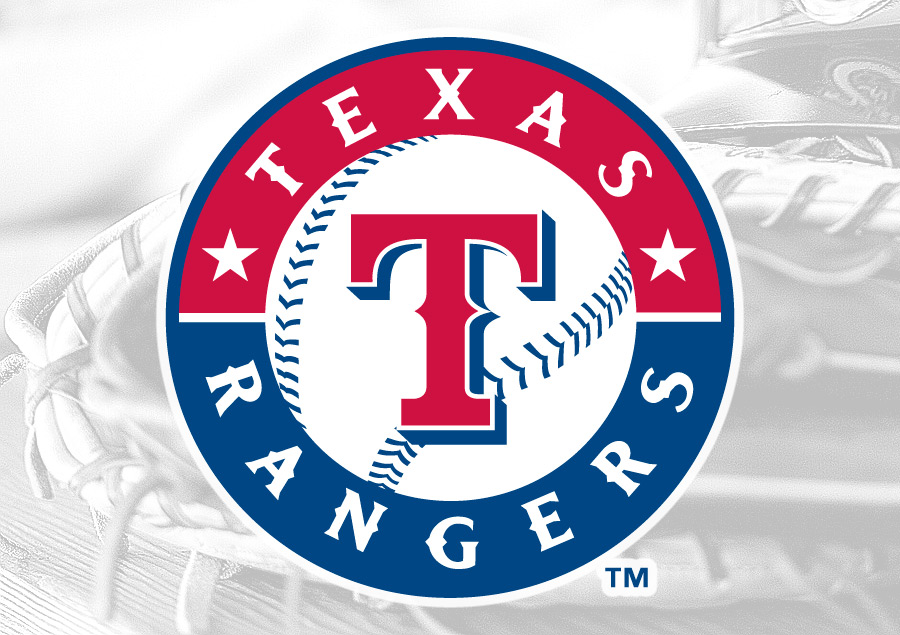Rangers Lefty John King Has Changed His Game


John King had just thrown a curveball against Tulane in April of his senior year at Houston when he heard a pop in his left elbow. He immediately felt something was wrong, but he decided to pitch through the pain.
He finished six innings and got the win, but his fastball velocity dropped into the low 80s. The next day, King went to nearby Texas A&M to see their doctor. He was prescribed an MRI, which showed no ligament damage. King was put on a three-week rehab program before coming back against Cincinnati on May 20.
King pitched seven innings that day, allowed one earned run and struck out three in a victory that gave the Cougars a share of the American Athletic Conference title. Because he still felt pain in his arm, King numbed his elbow with ointment before starts and got acupuncture treatment in between.
The lefthander made two more starts afterward, which became even more impressive a few weeks later, when he got some surprising medical news after pro teams viewed his medical history in preparation for the draft.
“I sent the same MRI that I sent the guy who told me it wasn’t torn to all 30 teams during the draft process, and the Rangers called me draft day and said, ‘We saw your MRI, we’re going to take you, but we think your ligament’s torn,’” King said. “‘We’re going to pick you up here, fly you to Arizona, then we’ll fly you to Arlington about a week later.’”
As a senior who’d struck out just 40 hitters in 85 innings, King’s profile already wasn’t the kind that jumps off the page. Add a torn elbow ligament that would require Tommy John surgery to the mix, however, and it was clear that any draft leverage he might’ve had was all but gone.
Nonetheless, the Rangers selected King in the 10th round, gave him a $1,000 bonus and allowed him to finish his rehab before sending him out for a few innings in the low minors and the fall instructional league.
Even with the diminished fastball and lack of big numbers, Rangers area scout Bob Laurie saw something with King and made sure Texas took a flier.
“The first thing (Laurie) said was (he liked) the way I compete, which is something I pride myself on. I think it only got better through pitching through the injury. You have to hit your spots, you have to keep the hitters off-balance. You have to compete every single pitch,” King said. “But he said he liked the way I attacked. I think I only had like 10 walks in 85 innings in college, so staying in the zone and getting a lot of ground balls and a lot of pop outs. Not many strikeouts, obviously, but the just the competitive nature I bring.”
King still has that competitive nature on the mound, but in his first full year in pro ball he’s also showing a proficiency to get swings and misses at a rate he never came close to in college.
Through eight starts, King is 1-2, 2.84 and has struck out 47 against just four walks in 44.1 innings between low Class A Hickory and high Class A Down East. More than that, King gets swinging strikes on 17 percent of his pitches, a figure that ties him for eighth in the minor leagues.
So, how’d he go from striking out nearly nobody in college to missing bats by the bushel as a pro?
First, he added a slider to a college repertoire that included a fastball, changeup and curveball.
“I’ve never had a slider. I’ve always had a curveball, even through college. But I knew that wasn’t a great pitch in Hickory, and it’s something I needed to improve on,” said King, who added the pitch during one of his first outings with Hickory. “So I was open to suggestions, and he said ‘Try this.’ First bullpen, it was good.”
Then, when the new slider felt uncomfortable, Down East pitching coach Steve Mintz helped him get it just right.
“It’s just a different grip. I try not to break my wrist on it . . . (Mintz) taught me this new grip where if I get behind it, the way the seam rolls off my finger, it spins sideways rather than me manipulating it,” King said. “I’ve tried three or four different grips. I don’t know, it just felt comfortable—it clicked. That first day I started using it, he told me to stay behind it and throw it like a football, and it worked.”
From clinching a conference title with a shredded elbow to dealing the pain of the acupuncture between starts to getting drafted higher than he’d expected to working his way through rehab after Tommy John surgery, King’s career has taken him through a lot of ups and downs. After all that, he’s thriving in what amounts to his first true test as a pro.
KEEP AN EYE ON: Cubs righthander Kohl Franklin, the son former big leaguer Ryan Franklin, has been up to 96 mph in extended spring training. The younger Franklin was Chicago’s sixth-round selection in 2018 out of high school in Oklahoma.
— Through 48 games, Brewers catching prospect Mario Feliciano has shown an interesting split. In 25 games as a catcher, the 20-year-old has an OPS of 1.009. In 23 games as a DH, however, that figure goes all the way down to .483.
— Speaking of Rangers prospects, third baseman Ryan Dorow is beginning to make some noise in Down East. The 23-year-old alum of Adrian (Mich.) College has an incredibly gifted pair of hands at third base and has produced an .828 OPS that ranks fourth in the Texas organization.

Comments are closed.